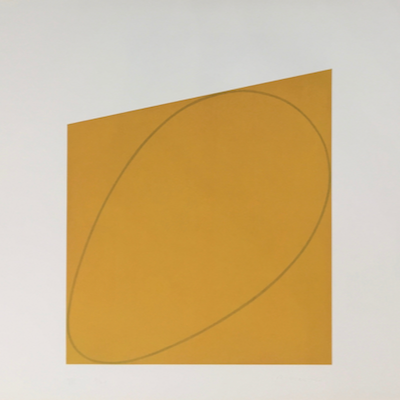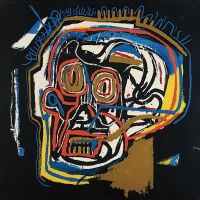
What is Etching and Aquatint?
Etching and Aquatint are terms related to printing. An Aquatint has the master printing plate etched with microscopic pits and cracks to produce unlimited gradations in tone. This helps to re-create the broad and flat tints seen in watercolor drawings and ink washes.
Artwork Copyright © Robert Mangold- Show All
- Established
- Discoveries
ARTWORKS RELATED TO ETCHING AND AQUATINT
David Hockney
Franco-American Mail (from The Blue Guitar portfolio), 1976-77
Limited Edition Print
Etching and Aquatint
USD 3,750
Sol LeWitt
Plate #3 (from Complex Forms),, 1989
Limited Edition Print
Etching and Aquatint
USD 3,600

Art that's created and executed in public locations outside the traditional contexts or art venues. It gained popularity during the 1980s during graffiti art boom. It has developed and continues to be applied into all subsequent incarnations. The common forms of this art include pop-up art, sticker art, stencil graffiti and sculpture or street installation among other forms. Sometimes, "guerrilla art", "neo graffiti", "post graffiti" and "urban art" are used in this context to refer to the created artwork.





















